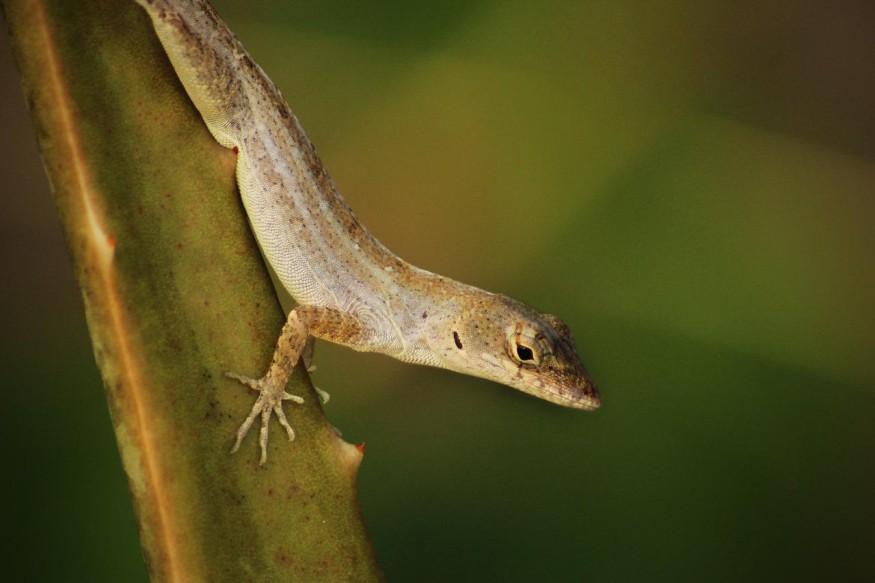Salamanders are usually known for their slab-like reputation, with some species not moving for seven years. However, some are real thrill-seekers that wander from one tree to another.
Researchers filmed the skydiving before of wandering salamanders, scientifically known as Aneides vagrans. These salamanders live in redwoods, the tallest trees in the world, and have adapted to leap from branches when disturbed and survive terrestrial predators and disasters.

Wandering and Climbing Salamanders and Their Skydiving Behavior
Around 200 species of salamanders around the world live in trees. However, no one has documented yet the aerial behavior that helps them survive. Biologist Christian Brown of the University of South Florida first knew about wandering salamanders from an October 2009 issue of National Geographic about redwoods.
He wanted to learn how animals in these tall trees survive as they are often understudied. He found that salamanders face the daunting task of sailing through the air to safety dozens of feet below when their habitat is disturbed. But astoundingly, they survive after leaping among northern California's coastal redwoods.
To further understand this skydiving behavior of wandering salamanders, Brown and his team conducted a series of experiments using a miniature tunnel box. According to National Geographic, the team recorded how salamanders freefall in the tunnel box that served its own indoor amphibian skydiving gym.
They collected five wandering salamanders from the forest in California and put them in the wind tunnel. They recorded the reptiles' movements in slow-motion video and repeated them with five North American salamanders that lived in trees. After 45 trials, they found that wandering salamanders can immediately position themselves in a parachuting starfish position to create drag that slows their descent.
Furthermore, they found that wandering salamanders make course corrections that gave them precise control over descent and slowed their speed by 10%. Also, even though other species of salamanders also parachuted in the experiment, it only happened three times out of 45 trials.
Could There Be More Skydivers in the Animal Kingdom?
Wandering salamanders are not the only animals that dive through the air. Those animals that dive have webbings like those seen in human wingsuits or the skin flaps of sugar gliders that help them glide.
According to IFL Science, the experiments reveal that an animal can parachute and glide without those special traits, opening the possibility of more skydivers in the animal kingdom than previously thought. Brown concluded that scientists have barely scratched the surface in studying the ecosystem of redwoods and its unique fauna that is shaped by evolution.
Now that climate change is worsening at an unprecedented rate, it is essential to know more about animals like these salamanders to better understand, protect, and preserve their species. The team emphasized that salamanders are the poster child of the redwoods that were almost lost due to illegal logging and conserving them means also conserving the canopy ecosystems.
For now, these wandering salamanders have given scientists a lot of information about evolution and perhaps also the origin of flight. They described in full their experiments in the study titled "Gliding and Parachuting by Arboreal Salamanders," published in the journal Current Biology.
Watch the slow-motion video below of the wandering salamanders leaping in the tunnel box:
RELATED ARTICLE : Not All Birds Can Fly, but There's One Snake That Can
Check out more news and information on Animals in Science Times.
© 2025 ScienceTimes.com All rights reserved. Do not reproduce without permission. The window to the world of Science Times.












